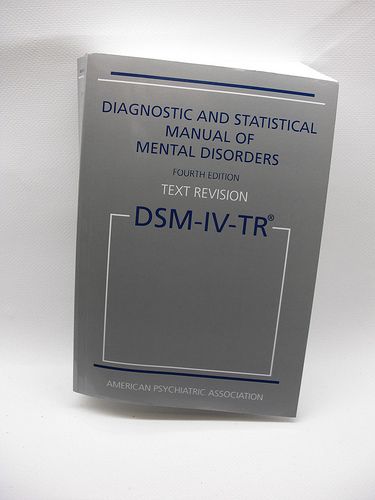Natural News — January 24, 2011
by Monica G. Young

"There is no definition of a mental disorder. It's bull___. I mean, you just can't define it." —Allen Frances, MD, lead editor for the Diagnostic Statistical Manual (DSM-IV).
“There is no definition of a mental disorder. It’s bull___. I mean, you just can’t define it,” states Allen Frances, MD, lead editor for the Diagnostic Statistical Manual (DSM-IV). As DSM-IV is the imperial doctrine used by psychiatrists in diagnosing mental disorders, prescribing powerful psychotropics to the masses, and commanding health care dollars, this is quite a confession. “We made mistakes that had terrible consequences,” Frances concedes.
Gary Greenberg who interviewed Frances and wrote an in-depth article for Wired Magazine, describes how Frances’ conscience has been hitting him in the gut. “Diagnoses of autism, attention-deficit hyperactivity disorder, and bipolar disorder skyrocketed, and Frances thinks his manual inadvertently facilitated these epidemics — and, in the bargain, fostered an increasing tendency to chalk up life’s difficulties to mental illness and then treat them with psychiatric drugs,” writes Greenberg.
DSM-IV led to a 40X increase in child bipolar diagnoses and an epidemic of dangerous antipsychotic prescriptions for children, even as young as 3.
Senior editor of DSM-III (the prior version), Robert Spitzer MD, had his own rude awakening. He is the one who spurred Frances to join him in battling against the creators of DSM-5 — the next edition in progress. Spitzer publicly censured the APA for mandating that psychiatrists involved in DSM-5 sign a written promise to never talk about what they were doing, except when necessary for their jobs. “The intent seemed to be not to let anyone know what…was going on,” says Spitzer.
Spitzer and Frances warn that including a proposed “pre-psychotic” disorder could lead to a new diagnosis explosion and drug company marketing onslaught. Frances says an emphasis on early intervention would encourage the “wholesale imperial medicalization of normality,” producing “a bonanza for the pharmaceutical industry” while imposing on patients the “high price [of] adverse effects, dollars, and stigma.”
There are many other dissenters in the field. Greenberg says “they are becoming increasingly restive, and some are beginning to agree with Frances that public pressure may be the only way to derail a train that he fears will ‘take psychiatry off a cliff.'”
Greenberg, himself a psychotherapist, points out that scientific certainty eludes psychiatry. He reports, “every fight over nomenclature threatens to undermine the legitimacy of the profession by revealing its dirty secret: that for all their confident pronouncements, psychiatrists can’t rigorously differentiate illness from everyday suffering.”
With 25% more mental disorders than DSM-III, DSM-IV has been a goldmine for drug companies. According to a 2006 study by Tufts University, more than half of the DSM-IV authors had financial links to the pharmaceutical industry.
Lacking medical research, the DSM-5 website is riddled with “deliberating”, “discussing”, and “heavy discussions” to describe how these professed experts attempt to decree new disorders. New proposals for DSM-5 include “Hoarding Disorder”, “Skin Picking Disorder” and worse, new labels for babies: “Temper Dysregulation Disorder” and “Feeding Disorder”. This would open the door to an infant drugging marketing campaign!
Like the tale of the pompous emperor who pretends his clothes are so magnificent they can only be seen by wise people, the psychiatric and drug industries peddle their fabricated labels and drug remedies to the world. And like the little boy who shouts the obvious “the emperor has no clothes”, it’s up to public pressure to stop this.

